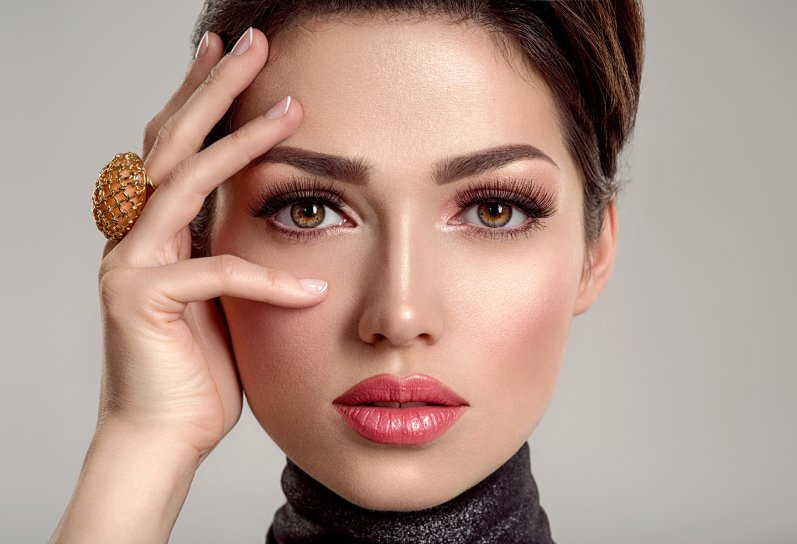Frequently Asked Questions about Rhinoplasty
Rhinoplasty, also known as a "nose job" or nose reshaping surgery, stands as one of the most prevalent plastic surgical procedures performed globally. Its transformative power extends beyond mere aesthetics, as an improperly shaped nose can significantly impact self-esteem and confidence. Positioned at the center of the face, the nose's harmony with other facial features can greatly influence overall facial balance and beauty.

In this blog, we will learn about the types of rhinoplasty and answer a few FAQs about the procedure. The insights have been taken from expert plastic surgeons like Dr. Akangsha Sharma, who is recognised as the best Rhinoplasty Surgeon in Jaipur. Continue reading to get detailed insights.
Determining the Right Time for Rhinoplasty
The decision to undergo rhinoplasty is deeply personal and often arises from considerations related to proportion and self-perception. Individuals may opt for rhinoplasty if they find their nose disproportionately large or small in relation to their facial features. The presence of a crooked or hump nose is another common reason for seeking rhinoplasty. Bulky or broad nasal tips and wide nostrils can also lead individuals to explore this transformative procedure.
Types of Rhinoplasty Procedures
- Open Rhinoplasty
The open rhinoplasty technique involves making small incisions at the base of the nose. This method allows for more comprehensive structural alterations. It is widely popular due to its ability to provide greater visualization during surgery.
- Closed Rhinoplasty
In contrast, closed rhinoplasty includes making incisions within the nose. This method is suitable for cases requiring more limited shape correction. As incisions are concealed, this approach is often preferred for minor adjustments.
The Rhinoplasty Procedure
Performed under general anesthesia, the rhinoplasty procedure involves the administration of local tumescent injections to control pain and minimize bleeding. The surgery's duration ranges from 2 to 4 hours, contingent upon the extent of correction required.
Common FAQs About Rhinoplasty
- Can my breathing problem be treated simultaneously?
Rhinoplasty can simultaneously address functional concerns like breathing difficulties arising from a deviated nasal septum or enlarged turbinates.
- Who is qualified to perform rhinoplasty surgery?
Rhinoplasty is a complex procedure requiring a profound understanding of aesthetic surgery. It is imperative to thoroughly scrutinize a plastic surgeon's profile and experience in performing rhinoplasty surgeries.
- How long do the results persist?
Upon stabilization around the 12-month mark, rhinoplasty results become permanent. A three-dimensional composite approach ensures lasting and natural outcomes.
- Will it leave visible scars?
Scars resulting from rhinoplasty are strategically placed in concealed areas of the nose. Over time, these scars tend to fade, becoming less noticeable.
- What are the post-operative precautions one should take?
During the immediate post-operative period, patients should refrain from activities such as sneezing forcefully, blowing their nose vigorously, heavy weight lifting, and avoid lying on the backside on the bed.
In conclusion, rhinoplasty transcends its reputation as a mere cosmetic enhancement. Driven by both aesthetic and functional considerations, this transformative procedure demands careful evaluation, expert surgical execution, and a dedication to achieving harmonious facial balance and enhanced self-confidence. If one is looking for the Best Cosmetic Surgeon in Jaipur for rhinoplasty or for any other cosmetic surgery, one can visit Dr. Akangsha Sharma at AK Aesthetics.
